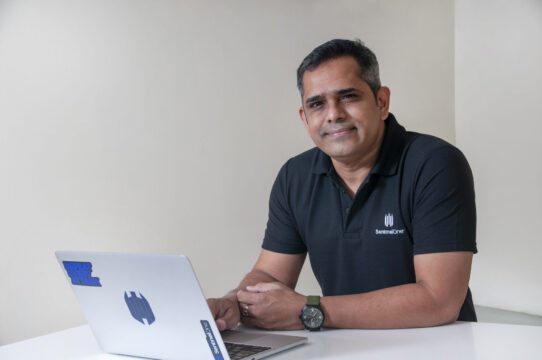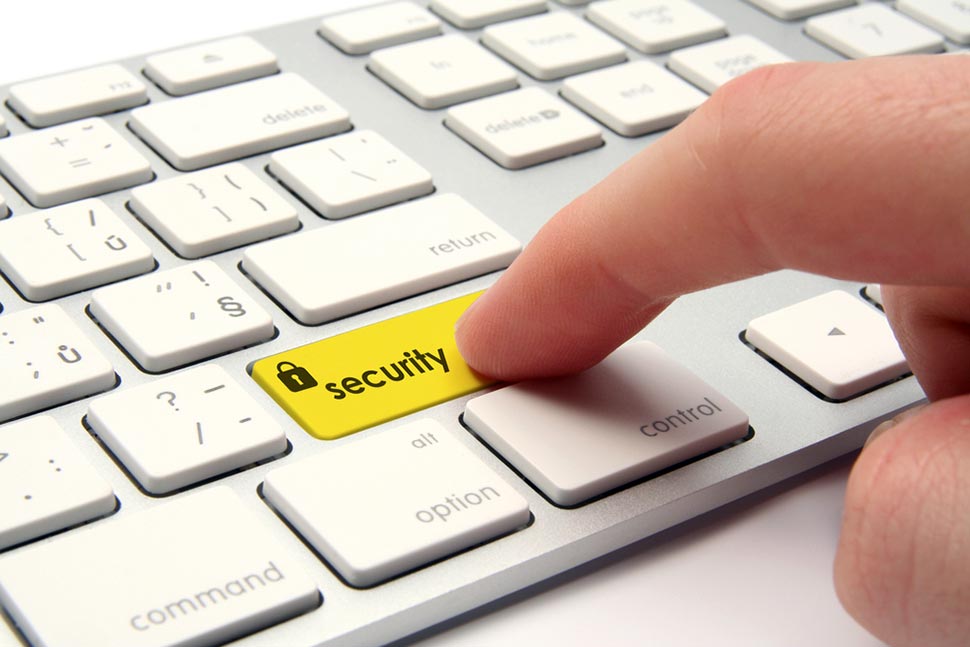It started as a necessity during the pandemic and has now become a permanent fixture in most organizations. We are talking about the concept of remote working, which was a blessing for companies struggling to maintain a semblance of business continuity during the Covid-induced lockdowns in India and worldwide.
Though the pandemic is now in the rearview of most enterprises, remote or hybrid working continues to remain popular with companies and employees. And this does not always include their home but expands to resorts, coffee shops, airports, etc.
Recent global C-level research by LinkedIn found that 82 per cent of business leaders believe that hybrid working is here to stay for the longer term.
Another PwC survey May 2022 highlighted that almost a fifth (19 per cent) of the surveyed employees intend henceforth to work entirely remotely, whereas 37 per cent prefer a hybrid pattern, while just 22 per cent want to return to an office full-time.
Two divisions in every organization try their best to stay ahead of these trends and ensure that work goes, as usual, irrespective of where the employee works; the human resource and IT departments.
The challenge for the IT team is that irrespective of where the team works from—in the office, remotely or a hybrid mix of the two—they need to be aware of all hidden security risks that can potentially interrupt normal business operations.
Securing a Hybrid Work Environment
While a hybrid workplace brings some security risks, many organizations embrace it because it also gives them operational benefits. Incidentally, the shift towards remote or hybrid workplace dynamics is when many companies realized the benefits of having a seamless endpoint security system in place. Simply put, endpoint security safeguards every end-user device, including desktops, laptops or mobile phones, from cyberattacks.
Pre-pandemic, most employees worked on devices connected to the company’s network and were behind security layers on a secured VPN connection. Now, they are using their own devices, like mobile phones, connected to any available network, making them susceptible to attacks by malicious actors.
Working remotely outside an organization’s secure perimeter could also result in poor working habits that exacerbate security risks. This includes using unsanctioned personal devices, which could cause data loss, unauthorized data sharing and even opening the gateway for cyberattacks.
Needless to say, it is more challenging to take care of remote employee security than to manage any on-site endpoints. Tech teams are kept on their toes, devising additional security measures to stay one step ahead of their nemesis, the cyber attackers. So, whether it is changing security policies, preventing the leakage of sensitive company information through personal employee devices or implementing systems that can monitor these endpoints without impacting performance, they are constantly on the go.
Securing the Great Cloud Migration
There are many facets of a hybrid workplace, and it is not limited to the physical presence of the employee or their device for work purposes. One can also consider how companies transitioned to the cloud, even in the pre-pandemic era, to ensure seamless and efficient business activity.
It all started with the advent of the public cloud and the foray of giants like Amazon Web Services, Microsoft Azure and Google Cloud Platform. However, Covid-19 accelerated this shift to the cloud, be it a standalone or a hybrid multi-cloud infrastructure.
McKinsey states that by 2024, most enterprises expect $8 out of every $10 they spend on IT hosting to be in a public or private cloud environment. Research company Adapt also predicted that the share of IT storage and processing in the public cloud will rise to 47 per cent by 2023, an increase of 10 per cent over current levels.
However, some stumbling blocks continue to dot many organizations’ migration to the cloud network. Right on top of the list is economics, as they have to pick and choose which workloads they want to migrate based on its priority and need for instant accessibility.
In addition to evaluating the cost and time needed for migration, they need to look for options that allow them to adhere to certain regulatory compliance norms. This process is most evident in certain industries like the BFSI and Energy and Power sector, where specific data cannot leave the country due to data sovereignty and localization policies. This can be a massive challenge for cloud migration since these servers are often based outside of India.
Similarly, a company could have some tightly integrated legacy systems that are very difficult to move to the cloud without disrupting the existing workflow.
This is where organizations have realized one thing when it comes to the cloud—they cannot adopt a one-size-fits-all approach because it might not deliver the benefits they seek, especially in a hybrid environment. They need a solution that maps and matches their specific requirement and is scalable for future growth.
What an End-to-end Security Solution Should Entail
Most CISOs and CIOs are now seeking a complete protection solution that protects workloads and endpoints. They need it to work in real-time with precision in threat detection and an ability to be cloud-agnostic.
With the expansion of the threat landscape, they seek access to greater cross-surface visibility and an enterprise-grade prevention, detection, response, and hunting solution that is equipped to take real-time action across endpoint, cloud and identity management.
Fortunately, they can bank on brands like SentinelOne, an autonomous technology company, and its Singularity Platform. This system can instantly defend against cyberattacks–performing at a faster speed, greater scale, and higher accuracy than possible from any single human.
Already reputed brands like Aston Martin, Samsung, Havas, TGI Fridays, the State of Montana, Norwegian Airlines and Energy NOV have put their faith in the company to eliminate internal and external threats in an evolving world. Based on its Storyline technology, SentinelOne’s Singularity XDR helps enterprises monitor, track, and contextualize all data across all enterprise endpoints, clouds, and identities.
In a world where economic uncertainty is now a reality, organizations demand higher ROI from their technology investments, particularly operational staples such as cybersecurity. They want these solutions to deliver unparalleled operational value, time-to-value and ROI and SentinelOne is all set to extend that.
Choosing a brand that will tick all these boxes will ensure peace of mind and also give better yield on their investment, all while securing the network.

Guest contributor Diwakar Dayal is the Managing Director & Country Manager for SentinelOne, India & SAARC, an autonomous cybersecurity platform company. Any opinions expressed in this article are strictly that of the author.












